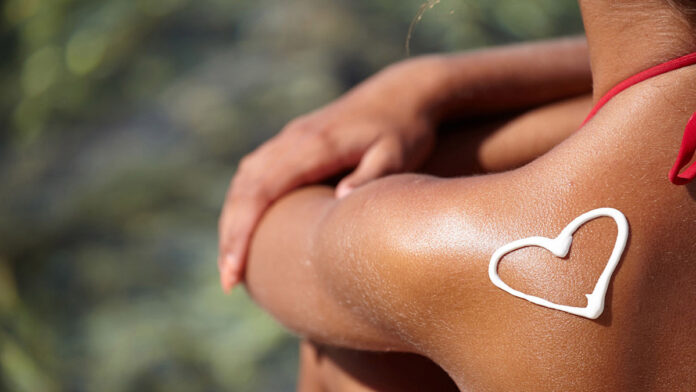
The dermatology department at South Infirmary Victoria University Hospital (SIVUH) Cork has recently published a large study in the peer-reviewed journal ‘Skin Health and Disease’. Conducted by first authors Dr Catriona Gallagher and Dr Cathal O’Connor and senior author Prof Michelle Murphy, the research explores the beliefs, behaviours and attitudes towards tanning, as well as the confidence in identifying signs of melanoma within the Irish population.
Concerningly, less than half of respondents felt confident in identifying signs of skin cancer on their own skin. Dr Gallagher emphasised the gravity of this result, noting that “skin cancer is the most common type of cancer in Ireland, and many deaths from skin cancer are preventable with early treatment. Our public health campaigns on sun protection must prioritise increasing awareness of signs of skin cancer and the importance of examining our own skin.”
Dr O’Connor stated that “signs of skin cancer include moles that have changed colour, shape or size, as well as any new lumps or bumps that have grown quickly, with bleeding or crusting.”
TANNED SKIN – A SIGN OF SKIN DAMAGE
The study also highlighted a troubling trend: despite awareness of the dangers of tanning and its link to skin cancer, nearly half of sunbathers believed it was worth getting sunburned to achieve a tan. Furthermore, two in three reported feeling and looking better with a tan.
“Changing these deeply ingrained cultural and social beliefs remains a significant challenge for melanoma prevention efforts,” Dr Catriona Gallagher remarked. “Our public health campaigns need a multifaceted approach to shift public perception of tanned skin from a sign of beauty to a sign of skin damage.”
This comprehensive study is the largest of its kind in Ireland, with over 1,000 respondents, and was nationally representative for gender, age and geographic region.
The dermatology department at South Infirmary Victoria University Hospital (SIVUH) Cork has recently published a large study in the peer-reviewed journal ‘Skin Health and Disease’. Conducted by first authors Dr Catriona Gallagher and Dr Cathal O’Connor and senior author Prof Michelle Murphy, the research explores the beliefs, behaviours and attitudes towards tanning, as well as the confidence in identifying signs of melanoma within the Irish population.
Concerningly, less than half of respondents felt confident in identifying signs of skin cancer on their own skin. Dr Gallagher emphasised the gravity of this result, noting that “skin cancer is the most common type of cancer in Ireland, and many deaths from skin cancer are preventable with early treatment. Our public health campaigns on sun protection must prioritise increasing awareness of signs of skin cancer and the importance of examining our own skin.”
Dr O’Connor stated that “signs of skin cancer include moles that have changed colour, shape or size, as well as any new lumps or bumps that have grown quickly, with bleeding or crusting.”
TANNED SKIN – A SIGN OF SKIN DAMAGE
The study also highlighted a troubling trend: despite awareness of the dangers of tanning and its link to skin cancer, nearly half of sunbathers believed it was worth getting sunburned to achieve a tan. Furthermore, two in three reported feeling and looking better with a tan.
“Changing these deeply ingrained cultural and social beliefs remains a significant challenge for melanoma prevention efforts,” Dr Catriona Gallagher remarked. “Our public health campaigns need a multifaceted approach to shift public perception of tanned skin from a sign of beauty to a sign of skin damage.”
This comprehensive study is the largest of its kind in Ireland, with over 1,000 respondents, and was nationally representative for gender, age and geographic region.











